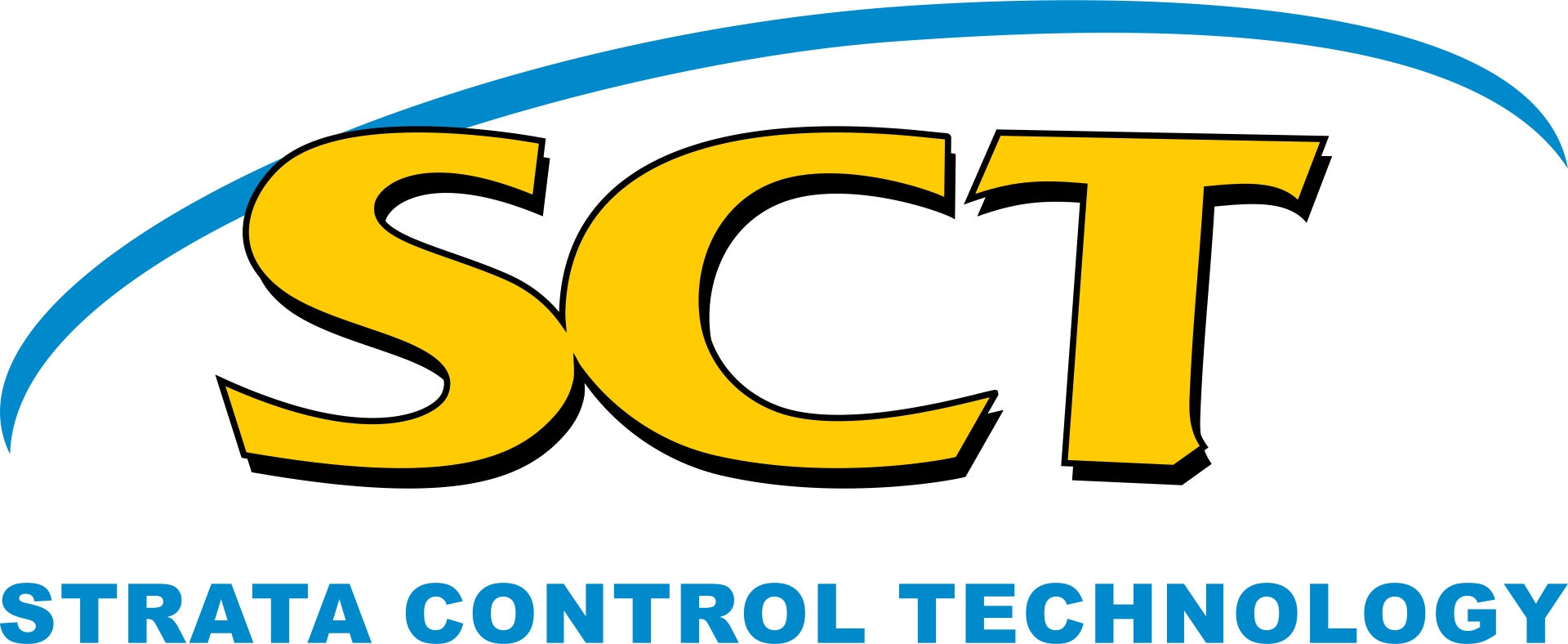Welcome to SCT's own publications library which contains a collection of recent publications and other resources with reliable research about our technology.
-
Insights into the Energy Sources of Bursts in Coal Mines and the Effective of Prevention and Control Measures - Mahdi Zoorabadi - Winton Gale
Published Feb, 2018Coalburst is a general term, which is commonly used in the coal mining industry for the violent failures of coal in the ribs and face of roadways and panels in underground coalmines. Due to lack of interest in the industry to reveal the causing source of the event, or due to uncertainty about the source, they happily use this term. The term by its own does not reveal the source of the energy, which causes the event. There are three sources of energy that can cause a burst event in underground coalmines: 1) store elastic strain energy, 2) seismic events and 3) gas expansion energy. This paper presents the fundamentals about these sources of energies and discusses our known and unknown facts about the mechanisms. Additionally, it discusses the reliability and effectiveness of stress relief holes and gas exhaust holes as controlling measures to prevent burst events. Insights-into-the-Energy-Sources-of-Bursts-in-Coal-Mines-and-the-Effective-of-Prevention-and-Control-Measures-M.Zoorabadi-2018.pdf1.4 MB -
Connectivity of Mining Induced Fractures Below Longwall Panels A Modelling Approach - Yvette Heritage - Winton Gale - Adrian Rippon
Published Feb, 2017Gas make into active longwall panels is an important issue in ventilation and gas drainage design. A method of simulating the mining induced fracture network and associated increase in hydraulic conductivity is a necessity for improved mine design, hazard management planning and gas drainage efficiency. This paper identifies and illustrates the key components in determining the connectivity of lower gas sources to an active goaf. Computer modelling identifies the formation of cyclic fractures that form below the longwall face and extend down back below the goaf. These cyclic fractures form when the stress conditions are high enough and the strata properties allow for shear failure to extend down through the strata.
The mining induced fracture formation and stress redistribution creates increased hydraulic conductivity of the floor strata below the active goaf. The stress redistribution and fracture volume also reduce the pore pressure below the goaf, allowing gas desorption to occur from lower seams. The combination of gas desorption and increased hydraulic conductivity allows gas connectivity from gas sources below the seam to the active goaf. A monitoring program at a NSW mine as part of ACARP Project C23009 allowed for preliminary validation of the concepts illustrated from the computer modelling. Preliminary field gas flow measurements are within the range of connectivity expectations based on rock failure modelling of longwall extraction. This report presents the first validation results for the modelling approach presented in this paper. Further results from ACARP Project C23009 on optimisation of gas drainage will follow in future publications. Connectivity-of-mining-induced-fractures-below-longwall-panels-A-Modelling-Approach-Y.Heritage-W.Gale-A.Rippon-2017.pdf1.3 MB -
Analytical Procedure to Estimate the Horizontal Anisotropy of Hydraulic Conductivity in Coal Seams - Winton Gale - Mahdi Zoorabadi
Published Feb, 2015The horizontal hydraulic conductivity anisotropy of coal seams is a controlling parameter for designing gas drainage boreholes. The ratio between the maximum and minimum horizontal hydraulic conductivity (RkH-kh) and the orientation of maximum horizontal conductivity defines this anisotropy in horizontal plane.
This paper presents a new analytical procedure based on the field stress data and geometrical properties of coal cleats to calculate these two parameters. The application of this procedure for a real case in Eastern of Australia resulted in an average ratio of 20.9 for RkH-kh and orientation of NE for maximum horizontal conductivity. The comparison between these results with the measured values validated the accuracy of proposed procedure to estimate the anisotropy of horizontal hydraulic conductivity of coal seams. Analytical-Procedure-to-Estimate-the-Horizontal-Anisotropy-of-Hydraulic-Conductivity-in-Coal-Seams-W.Gale-M.Zoorabadi-2015.pdf377 KB
